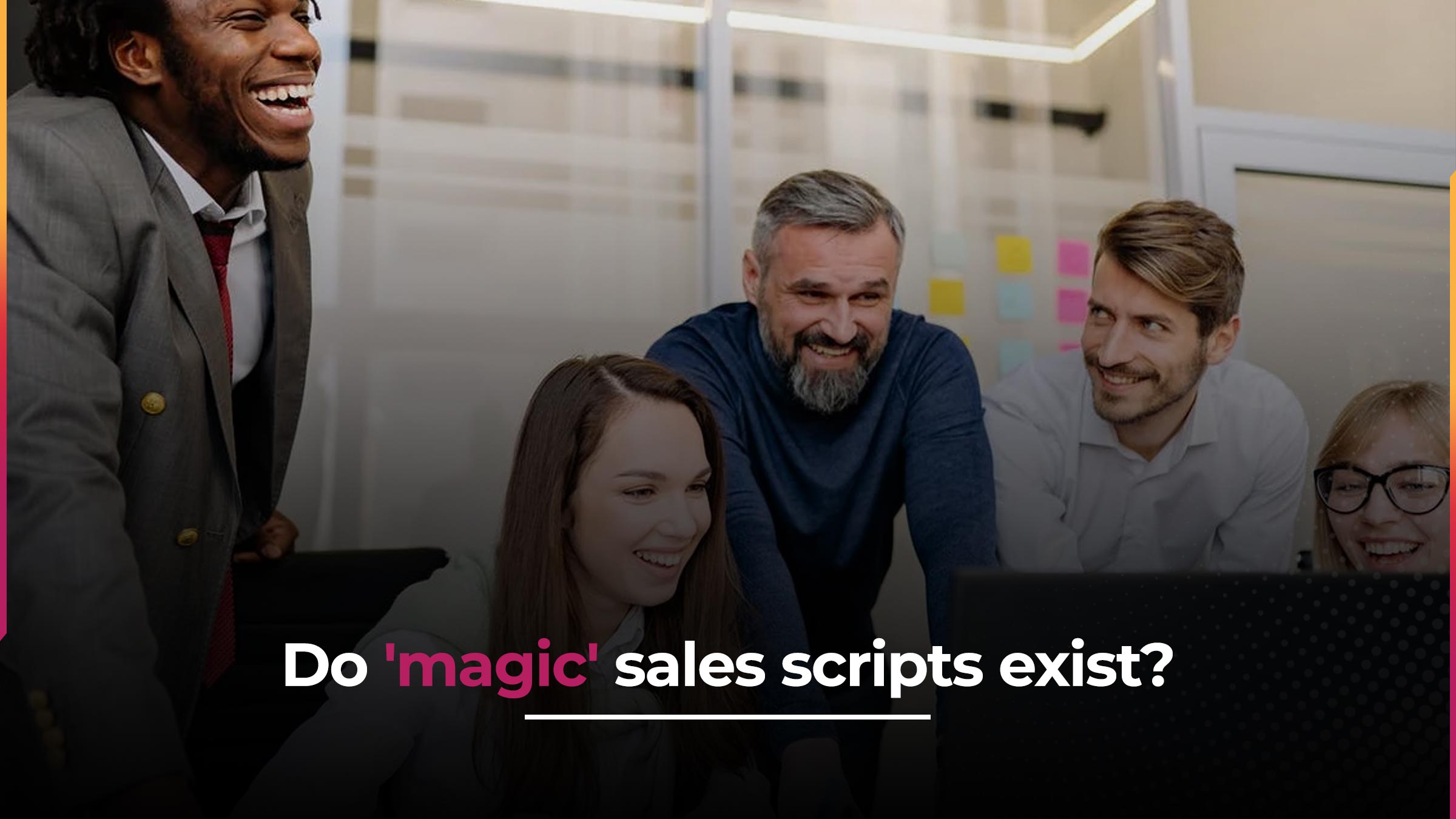The Future of Supply Chain Logistics: Trends in Automated Warehousing

The warehousing and supply chain management industries are currently experiencing drastic transformation, thanks to the quick developments in technology and the evolving demands of e-commerce.
Still, automated warehousing is by no means a new concept. Years ago, warehouse automation was limited to just conveyor belts and basic sorting systems. Luckily, today, there are more possibilities than ever thanks to the quick development of artificial intelligence.
As the e-commerce industry quickly develops, warehouse operations need to process orders faster and be more efficient because traditional manual methods can no longer meet the increased demand. For that very reason, it is essential to innovate and make warehouse operations more accurate and efficient.
Today, well explore the latest trends in automated warehousing and see how they will affect the way we manage, store, and ship goods. Companies such as Modula USA are in the spotlight as they provide innovative automated storage and retrieval solutions that help businesses optimize their space, minimize errors, and significantly boost efficiency.
Automated Warehousing Explained
Warehouse automation involves automating the movement of inventory into, within, and out of warehouses to buyers with as little human help as possible. With the help of automation, businesses can significantly reduce labor-intensive operations that require monotonous and repetitive physical work as well as manual data entry.
Think of this scenario - a warehouse employee loads an autonomous mobile robot with heavy items which the robot takes from one side of the warehouse to the shipping zone. The robot’s software records the transition of that inventory and keeps all records up to date. You can easily notice how these robots improve the efficiency, speed, and accuracy of this task.
In many cases, warehouse technology simply refers to using software to help replace and simplify manual tasks. Nevertheless, this scenario shows how robots and humans can work together to complete repetitive tasks while also reducing tiredness and chances of injury.
5 Trends That Will Define Automated Warehousing in 2025
1. Robotics and AI-Powered Systems
Automation is no longer perceived as a futuristic concept. As a matter of fact, automation is he present and future of efficient warehousing. One of the reasons for this is that robots can be used in automating supply chains we do not need a lot of critical thinking.
For instance, robots can be used as pickers, packers, maintenance helpers, and maybe even cleaners. AI algorithms analyze data to improve these processes and help boost efficiency and accuracy.
Robotic arms with AI can recognize and sort products based on their size, shape, or SKU (stock-keeping unit). Collaborative robots, or "cobots," can work together with human employees and take care of repetitive tasks while workers focus on more complex ones.
Robotics and AI-powered systems help ensure faster processing, lower operational costs, and fewer workplace injuries.
2. Vertical Storage Solutions
Improved space use is one of the biggest benefits of using vertical storage solutions in warehouses. Vertical space must be paid for and maintained and unfortunately, it is often underutilized. This is where vertical storage solutions come in helpful; they make the most out of the space and, in turn, increase the facility's return on investment. What’s more, with the help of vertical warehousing solutions, businesses can store more items without expanding the facility's actual footprint.
For example, vertical lift modules (VLMs) use vertical space efficiently as they store items in compact units and retrieve them automatically when needed. These machines have stacks of trays that store various items. These stacks are organized in a column and have automated pickers that find and move trays as needed.
VLMs can hold various load capacities and can also offer dual tray delivery. Vertical storage solutions boast a plethora of unique advantages, such as saving considerable space and a modern and data-driven approach to material handling.
3. Collaborative Robots (cobots)
Cobots are meant to redefine how warehouses handle workforce augmentation in 2025. As a matter of fact, cobots are foreseen to become a $6.8 billion market opportunity in 2025. They are designed to safely interact with employees and take care of tasks that require speed, ultimate precision, speed, and repetitive actions.
Cobots take over the more monotonous and physically demanding tasks, which, in turn, helps human employees to focus more on the more delicate and valuable activities. What’s more, cobots have integrated various different sensors for force and motion which means they can safely collaborate alongside humans.
4. Voice Technology
Voice technology is expected to be heavily integrated into warehousing systems in the upcoming years. This technology can significantly improve multi-order picking, direct-to-customer order fulfillment as well as on-shelf availability.
Voice solutions are also very easy to use and integrate, which is why they are among the most attractive technologies for warehouses to adopt. With their help, warehouses can train their staff faster, have fewer picking errors, and have a safer work setup, which can all contribute to improved productivity.
5. Barcode Readers
In 2025, it is expected that more and more warehouses will continue to implement barcode technology. The great improvements in barcode scanning hardware and software will help to get quicker, faster, and far more accurate data capture. In other words, this means fewer manual processes and less space for mistakes.
More warehouses will also use barcode technology together with other developing trends such as robotics and AI. For example, AMRs that have high-speed barcode scanners could quickly and precisely locate and retrieve items, significantly improving the flow of goods through the warehouse.
Related Posts
Join the movement.
Your Entourage journey starts here. Join Australia's largest community of over 500,000 business owners and entrepreneurs, and receive instant access to exclusive content and updates delivered straight to your inbox.




